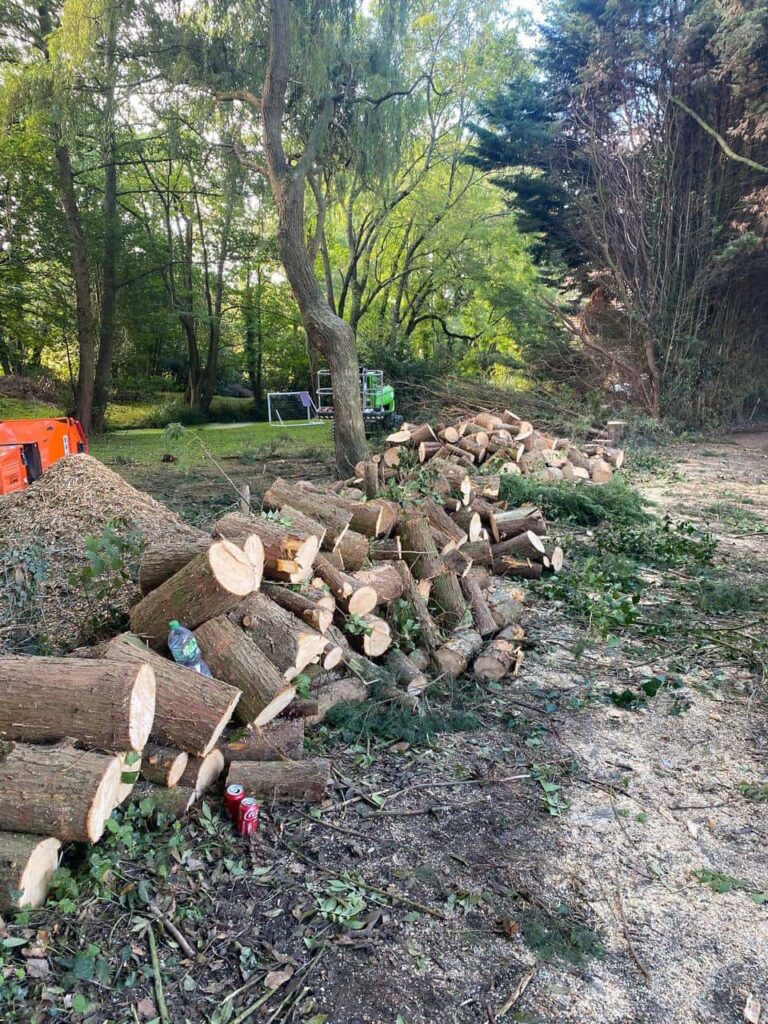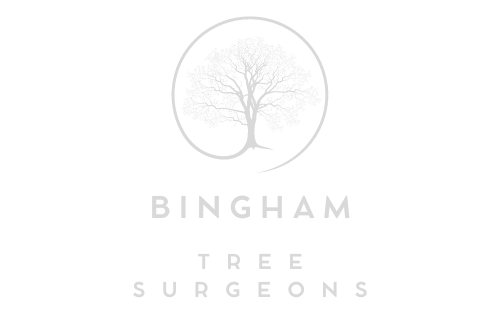The Difference Between Directional Felling and Sectional Tree Removal
When it comes to tree removal, choosing the right technique is essential for ensuring both safety and efficiency. Two common methods used by professional tree surgeons are directional felling and sectional tree removal. Each method has its own benefits and is suited for different situations, depending on the tree’s location, size, and condition. Understanding these techniques can help you make an informed decision about which is best for your property.
What is Directional Felling?
Directional felling is the technique used to cut a tree down in a controlled direction. By making strategic cuts at the base of the tree, the tree surgeon can guide the tree to fall in a specific direction. This is particularly useful when you want the tree to land in a predetermined space, such as a clear area on your property, away from structures or obstacles.
Benefits of Directional Felling:
- Efficiency: Directional felling allows for quicker tree removal since the tree is felled in one large section.
- Minimised Risk: It reduces the risk of damage to surrounding structures, gardens, or other trees, as the fall is controlled.
- Cost-Effective: This technique tends to be less expensive than sectional removal since the tree is felled in one piece and does not require additional equipment.
When to Use Directional Felling:
- When there is enough space for the tree to fall without hitting structures.
- When the tree is healthy and not suffering from significant rot or instability.
- When the surrounding environment allows for a safe, controlled fall.
What is Sectional Tree Removal?
Sectional tree removal involves cutting down the tree in stages, usually starting from the top. This technique is used when directional felling is not an option due to space limitations, nearby structures, or other hazards. In sectional removal, the tree is dismantled piece by piece, with each section being carefully lowered to the ground using ropes or cranes.
Benefits of Sectional Tree Removal:
- Precise Control: It allows for the safe removal of trees in confined spaces, such as near houses, power lines, or fences.
- Versatility: Sectional removal can be performed on trees in any location, regardless of obstacles.
- Safety: Since the tree is removed in smaller sections, the risk of damage is significantly reduced.
When to Use Sectional Tree Removal:
- When the tree is near buildings, power lines, or other obstacles that make directional felling dangerous.
- For trees that are leaning or have structural issues, making them unsafe for a controlled fall.
- When working in small or confined areas where a full tree cannot be allowed to fall.
Key Differences Between Directional Felling and Sectional Removal
The choice between directional felling and sectional tree removal depends largely on the specific circumstances of your tree and its location. Directional felling is ideal for situations where there is enough open space to allow the tree to fall safely. This method is typically more cost-effective and efficient when the surrounding environment allows for a controlled fall.
On the other hand, sectional removal is best suited for trees that are located in confined spaces, near buildings, or in areas with power lines or other obstacles. It provides higher safety and control, especially when dealing with unstable or leaning trees.
Which Method Should You Choose?
The choice between directional felling and sectional tree removal depends largely on the specific circumstances of your tree and its location. If your tree is situated in a spacious area without any nearby buildings or structures, directional felling may be the more efficient and cost-effective option. However, if your tree is in a confined space, near obstacles, or has structural issues, sectional removal would be the safer and more suitable choice.
Conclusion: Expert Advice for Safe Tree Removal
Both directional felling and sectional tree removal are highly effective techniques for tree removal, but they each have their own set of requirements and benefits. Working with a professional tree surgeon ensures that the right method is used for your specific needs, guaranteeing a safe and efficient removal process. At Bingham Tree Surgeons, we specialise in both techniques, providing tailored solutions to meet your tree surgery needs.
Contact us today to discuss the best method for removing trees from your property, ensuring both safety and peace of mind.
Call us on: 0115 647 1176
Click here to find out more about Bingham Tree Surgeons
Click here to complete our contact form and see how we can help with your tree needs.

